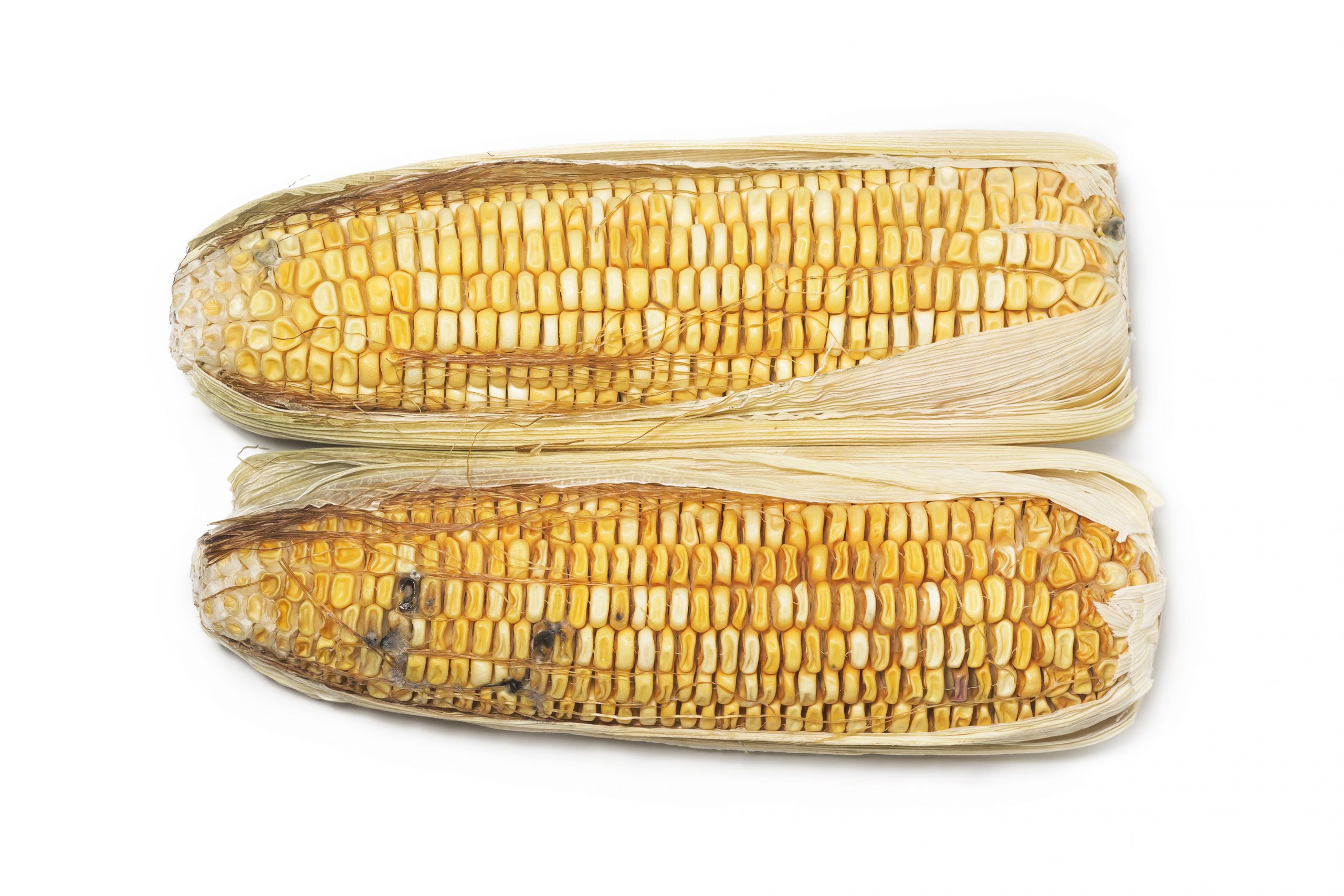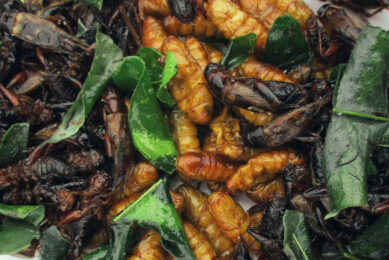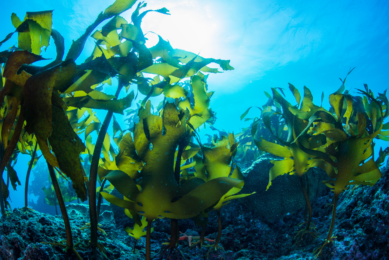Combatting fumonisins thanks to algae

The high proportion of corn in feed exposes animals to significant levels of mycotoxins like deoxynivalenol and fumonisins. What are the risks and how can animals be efficiently protected against fumonisins?
Fusarium often develops during crop growth, provoking fusariosis, a common disease on corn and cereals mainly affecting the cob. As for all fungi, Fusarium growth depends on moisture level and temperature, climate conditions after blooming determine the development of the mould on the crop. Some cultivation methods have been identified for their impact on Fusarium development, like crop rotation but also no-till farming. Selecting varieties resistant to Fusarium helps controlling the risk on the crop. Field application of fungicides is not always possible. As a consequence, the risk of Fusarium development is higher on certain crops, especially corn. Fusarium itself is not a major threat to the animals, but in stressful conditions it produces mycotoxins: trichothecenes (DON, T-2/HT-2 toxins), zearalenone, and fumonisins.
Figure 1 – Fumonisins occurrence per raw material.

As part of its Myco’Screen offer, Olmix has developed a partnership with the French public lab, Labocea. This lab performs contaminant analyses with specific expertise on liquid chromatography-tandem mass spectrometry allowing the detection of more than 45 mycotoxins per sample. The Olmix-Labocea database is composed of more than 6,000 feed ingredient samples, collected worldwide from 2013 to 2017. This database shows that 62% of the feed materials are contaminated with fumonisins (> quantification limit). Corn is the most contaminated grain, with 78% of the samples of Olmix-Labocea database contaminated with fumonisins, with a median value of 445 ppb and a maximum contamination of 5320 ppb (Figure 1). All corn based materials present a high mycotoxin and particularly fumonisins risk, DDGS being the riskiest corn by-product. It has been estimated that the possible mycotoxin contamination level in DDGS raises to three times higher than the original starting material. While fumonisins occur worldwide, particularly high concentrations have been found in China, South Africa, Zimbabwe, USA, Italy, Iran and Brazil. This is mainly explained by the fact that fumonisins are produced by Fusarium verticilloides (F. moniliforme), a mould that requires higher temperatures than other Fusarium to develop.
High fumonisin contaminated feed causes severe diseases like pulmonary oedema in swine and leukoencephalomalacia in horses. At lower dosages, fumonisins are immunosuppressive, hepatotoxic, and nephrotoxic. They have a specific hepatoxicity as they are structurally similar to sphingoid bases: sphinganine (Sa) and sphingosine (So), and have been identified as potent inhibitors of the enzyme secretion in the liver. But, the intestine is the first organ to be exposed to fumonisins, in fact the intestinal absorption of fumonisins is low (1-6%), leading to high fumonisins concentration in the lumen and more damages. Several studies conducted on different animal species highlight the negative effects of fumonisins on epithelial cell proliferation, expression of tight junctions and modulation of intestinal immunity, even at low contamination.
How to protect the animals?
One of the strategies for reducing the exposure to mycotoxins is to decrease their bioavailability by including mycotoxin-adsorbing additives in the compound feed, which leads to a reduction of the exposure of epithelial cells and a lower distribution to the blood and target organs. Many additives are commonly used, but with limited action on fumonisins, whether they are adsorbing substances or detoxifying agents.
An innovative technology based on algae allows to decrease the animal exposure to mycotoxins. When testing this technology in a gastrointestinal in vitro dynamic model (TNO, Netherlands) to evaluate the small-intestinal absorption of mycotoxins, the innovative product proved to inhibit DON and fumonisins intestinal absorption. Infact, the bioavailability of fumonisins was reduced by 60% in the presence of this algae-based technology. In addition, the use of this product did not inhibit the bioaccessibility of vitamins on the contrary to active charcoal. This algae-based technology is now widely used in a product called MT.X+ available for all animals species (and MMi.S, microgranulated form).
The in vivo efficacy of the product was widely demonstrated as well, like recently in Samitec Institute of Analytical, Microbiological and Technological Solutions (Brazil). The trial measured the effect of three different mycotoxins including fumonisins on broiler health and performance and evaluated the potential of MT.X+ to mitigate the effects of these mycotoxins. The results proved that in the presence of high levels of fumonisins (100 ppm), the product always permitted to significantly (P≤0.05) improve the birds feed consumption and thus the final body weight.
The trial also evaluated the impact of mycotoxins on biological parameters and the efficacy of the product to alleviate these detrimental effects. Meanwhile, the inclusion of MT.X+ in the diet containing a very high concentration of fumonisins (100 ppm) significantly diminished the Sa:So ratio compared to birds exposed to fumonisins without MT.X+ (P≤0.05). According to the evaluated parameters of this experimental trial, the deleterious effects caused by very high levels of fumonisins can be alleviated thanks to MT.X+. The field efficacy of the product has also been thoroughly demonstrated worldwide on several species, including highly sensitive animals. For
instance, a field trial conducted in a breeding layer farm concluded that MT.X+ significantly improved the performance of breeding hens (Figure 2) receiving a diet highly contaminated with fumonisins (around 3000 ppb), compared to the use of an aluminosilicate-based product (P<0.05).>
Over the past years, fumonisins stopped being disregarded as a major occurring mycotoxin, due to increasing analysis rates. Moreover awareness of the important detrimental action on animal physiology and thus, performance, even at a low dosage is growing. However, several studies highlight that very few technologies and products are able to efficiently prevent fumonisin-related problems. The use of a patented algae and clay based technology has been proven at different in vitro and in vivo levels in the fight against fumonisins.
References available on request
Local regulations should be consulted concerning the status of this product in the country of destination. All information only for export outside Europe.











